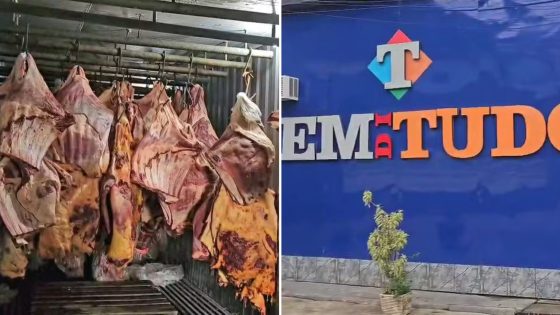The recent drop in olive oil prices has kept food inflation steady at 1.8% in Spain. As of January 2025, inflation rates show a slight increase to 2.9%, but the food sector remains stable. How does this impact consumers and the economy?
- Inflation in Spain at 2.9% in January.
- Food prices increased by 1.8% year-over-year.
- VAT changes impacted food prices in 2025.
- Electricity costs rose by 15.6% annually.
- Olive oil prices decreased by 21.9% recently.
- Chocolate prices surged by 24.9% year-over-year.
How Olive Oil Prices Are Influencing Food Inflation in Spain
Why is the price of olive oil so crucial for food inflation? The recent stabilization of food prices in Spain can largely be attributed to a significant drop in olive oil costs. As consumers feel the pinch of rising prices in other sectors, the decline in olive oil prices offers a glimmer of hope.
Key Factors Keeping Food Inflation Steady in Spain
The stability of food prices in Spain, particularly in the face of rising VAT rates on essential goods, is noteworthy. Several factors contribute to this situation:
- Olive oil prices have decreased by 21.9% compared to last year.
- Food inflation remains stable at 1.8%, despite rising electricity and fuel costs.
- Essential goods like bread and milk have returned to a 4% VAT rate.
- Other food items, like chocolate and meat, continue to rise in price.
Understanding the Impact of VAT Changes on Food Prices
The return to standard VAT rates has raised concerns about potential price hikes. However, the significant drop in olive oil prices has mitigated these effects. Consumers are now facing a mixed bag of price changes, with some essentials becoming more expensive while others stabilize or decrease.
Broader Economic Implications of Food Inflation Trends
Food inflation trends in Spain could have ripple effects internationally. As countries grapple with rising costs, understanding the factors at play can help consumers and businesses alike prepare for potential changes in the market.
In conclusion, while food inflation in Spain remains stable, the fluctuations in specific product prices, particularly olive oil, are crucial for consumers. Keeping an eye on these trends can help individuals make informed purchasing decisions.































